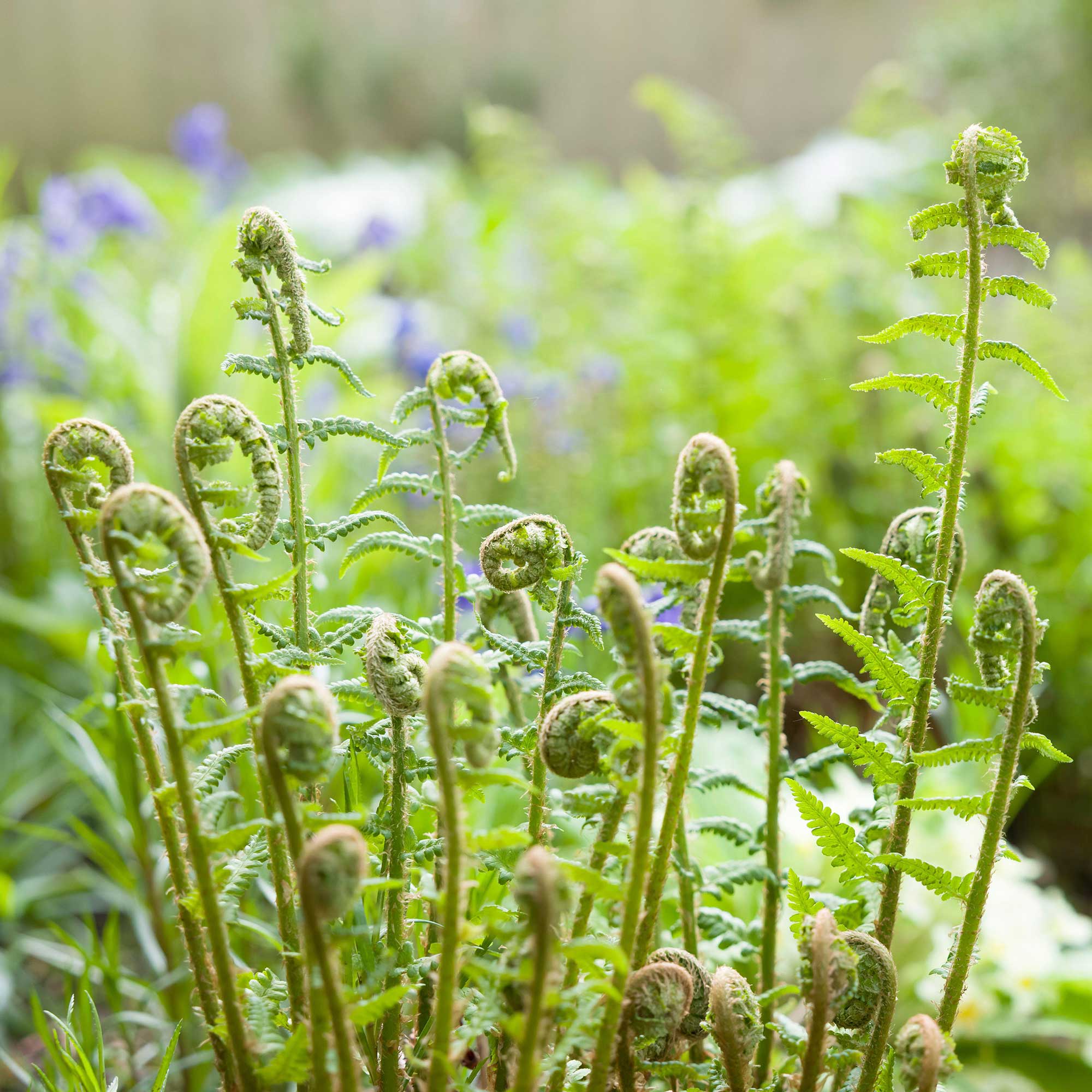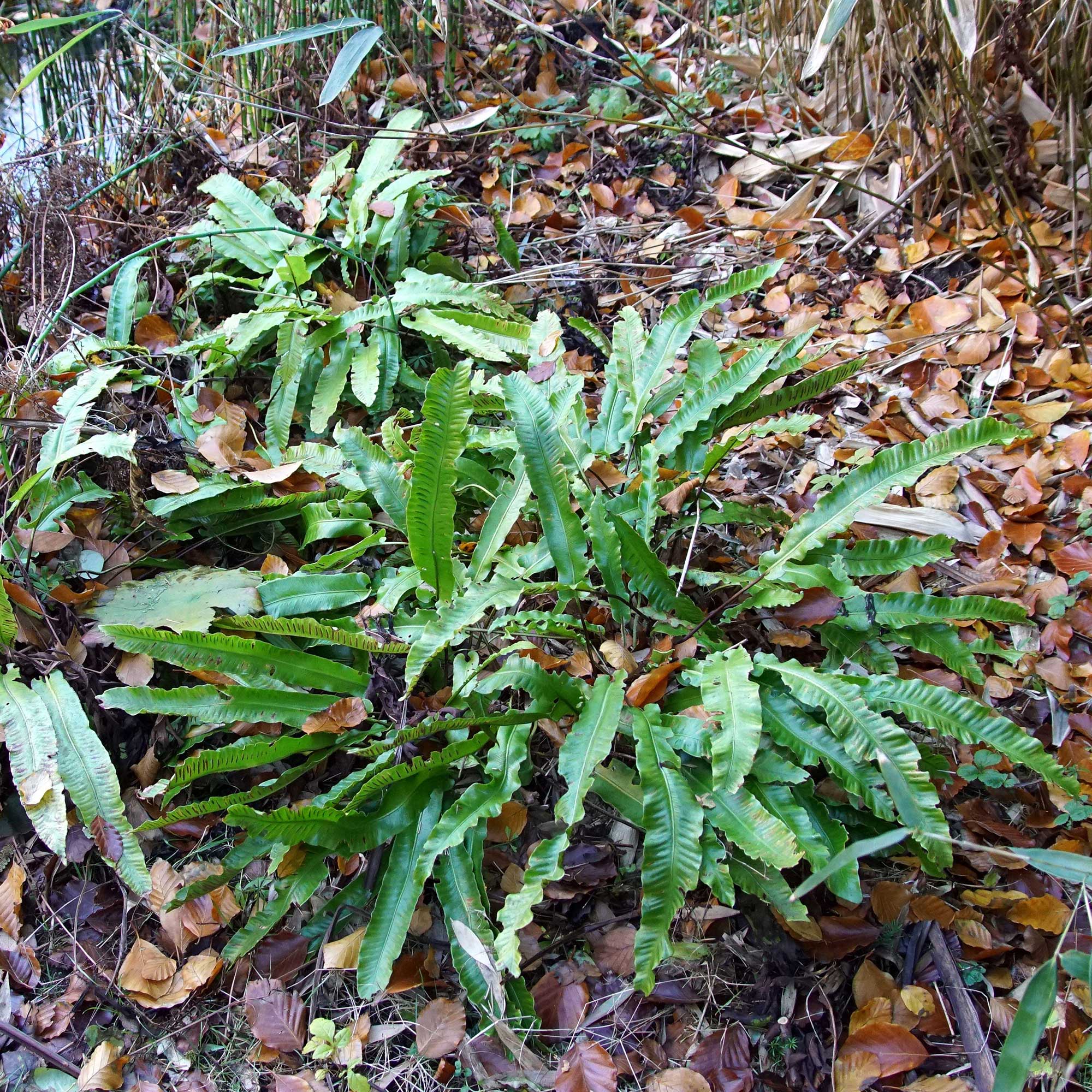When to cut back ferns to keep them looking their best
Learn when to cut back ferns to keep these hardy garden stalwarts in tip-top condition


Easy to grow and low maintenance, there is a fantastic range of evergreen and deciduous ferns that can be planted in all areas of your garden. But to keep them looking their best you need to know when to cut back ferns.
The unfurling of new fern fronds is a joy to behold in spring, but the vision can be somewhat spoiled if there are parts of the plant that look decidedly brown, ragged or dying. Ferns are a lovely part of your garden ideas, and with many shade-loving varieties, they are particularly useful plants for north-facing gardens. But if you want to keep them looking beautiful, here's what you'll need to do.

When to cut back ferns – evergreen varieties
Evergreen ferns are a popular choice for woodland garden areas. Although they remain in leaf all year, they will still benefit from an annual cut and trim.
If you're wondering when to cut back ferns, 'old fronds will naturally degrade and turn brown as the new growth comes in, so to keep the plants looking tidy, just cut away old, dead fronds in late winter or early spring to smarten them up and encourage good air circulation,' advises gardening writer and photographer Leigh Clapp.
There will be many plants in your garden that you will need to cut back at this time, such as if you're pruning hibiscus, so carve out a day or two to tackle all cutting back and pruning.
Cut off the old, browning fronds at the base using a clean, sharp pair of secateurs which you can pick up from Amazon, being careful not to damage any new growth.
We can all sometimes be a little hesitant to cut back plants, worrying that it will leave empty patches in the garden, but ferns are fairly quick-growing. 'You'll only be left with a reduced plant for a couple of weeks before new fronds start unfurling,' advise the experts at Fiskars.
Sign up to our newsletter for style inspiration, real homes, project and garden advice and shopping know-how
Cutting back evergreen ferns is more of a tidy-up exercise than a necessity because even if you don't cut them back, the old fronds will still fall to the ground and biodegrade naturally.

When to cut back deciduous ferns
Deciduous varieties of ferns should be cut back in late autumn or early winter when they start to yellow and brown.
Cutting off the old growth and dead fronds will refresh the plant for the new season of growth. Cut them down to the ground and then wait for the new fronds to start unfurling in spring.
FAQs
Should ferns be cut back for winter?
The answer to whether ferns should be cut back for winter depends on the variety that you have growing in your garden.
As explained above, if you have deciduous varieties, then these should be cut back in late autumn or winter, when the leaves start to yellow and brown.
If you have evergreen fern plants, it's best to wait until late winter or early spring to cut them back. The fronds on these plants are vital for photosynthesis, so removing them can reduce the plant's ability to produce carbohydrates. This means that the plant will have to rely on stored energy to survive. By cutting the plant back in late winter or early spring, you'll minimize the amount of time it has to rely on stored energy, as new growth will start appearing in spring.
Should I cut back my dying fern?
The fact that the leaves on your fern are turning brown and curling up does not necessarily mean it is dying, but it might be going through its natural life cycle.
Deciduous ferns naturally shed their leaves and die back in winter, reemerging again come spring.
The leaves on evergreen ferns also only last about a year before they start to turn brown and eventually fall off, making way for new growth.
You can leave the leaves to die back naturally or cut them back for a neater appearance.
If you have a north-facing garden filled with ferns, call this your reminder to check they're trimmed back and looking healthy.

Rachel Crow is the editor of Period Living Magazine and a senior content editor, contributing homes and garden content for idealhome.co.uk. She has written for lifestyle magazines for many years, with a particular focus on historic houses, interiors, arts and crafts, and gardening. Rachel started her journalism career on BBC radio, before moving into lifestyle magazines as a freelance writer and editor. She worked on The English Home and The English Garden magazines before joining the Period Living team as features editor and then deputy editor. She was garden editor for Homes & Gardens magazine and homesandgardens.com and contributed articles to Country Homes & Interiors.